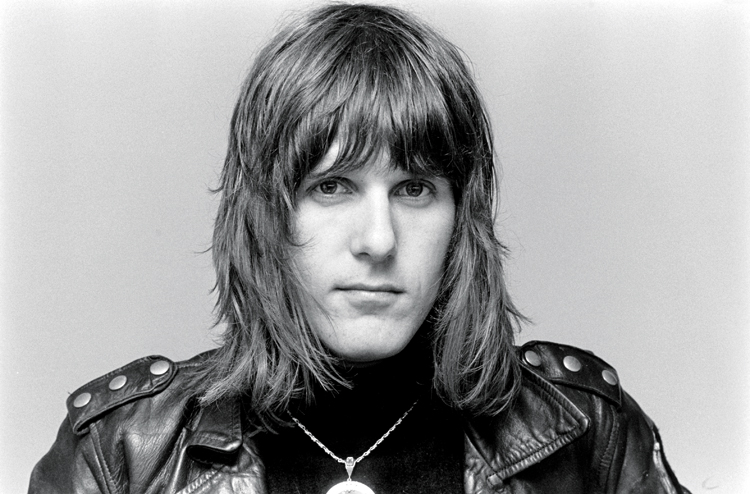
Born in 1944 in Todmorden, the Englishman was the only child of a middle-class family. For a decade he was to be the rock keyboardist par excellence. Keith Emerson freed the organist from the corset of the sitting bureaucrat, who stoically pressed chords on a nut-brown box. The "King of Keyboards" took organ playing to a new level of sex, violence and ecstasy. In private rather shy, Emerson on stage turned into an aggressor who shook his Hammond like a stubborn lover, maltreated her with his elbows, stood on her and performed a wild ride. With this fascinating and disturbing performance, the dandy type early became the "Hendrix of keyboard instruments". However, he had not copied his wild stage show from the guitarist of the century, but from Don Shinn, whom he had seen at the Marquee Club in the autumn of 1966: "In the middle of one piece he began to shake his organ and poking around with a screwdriver. I was so impressed, I had a lot of ideas in my head afterwards."
From Rebel to Rockaristocrat
These ideas led to the famous organ show, which Emerson presented in 1967 with The Nice. In "America", his wild adaptation of the famous song from Leonard Bernstein's "West Side Story", the eccentric replaced the screwdriver with two knives that he rammed between the keys during an improvisation. So he was able to hold several notes on the upper organ manual and at the same time to speed up and down the lower keys. He also wanted to make a political statement with the knife attack. In the wedding of the student protests he thematized the state violence on America's streets. This rebel attitude was finally put down by Emerson at the latest as a million-dollar rock aristocrat at ELP. Anyway, he was less interested in politics than in breaking through the seemingly narrow boundaries of beat music. At the latest with "Sgt. Pepper's Lonely Hearts Club Band" many musicians saw themselves as artists who had something to "say". An album was no longer simply a collection of songs, but a medium for total works of art. Emerson, who had been playing the piano since the age of eight, was musically well prepared for these ambitions. In addition, he had early studied composers such as Johann Sebastian Bach or jazz pianists such as Oscar Peterson. Influenced in this way, the border crosser wanted to build a bridge between contemporary popular music and Western heritage.


